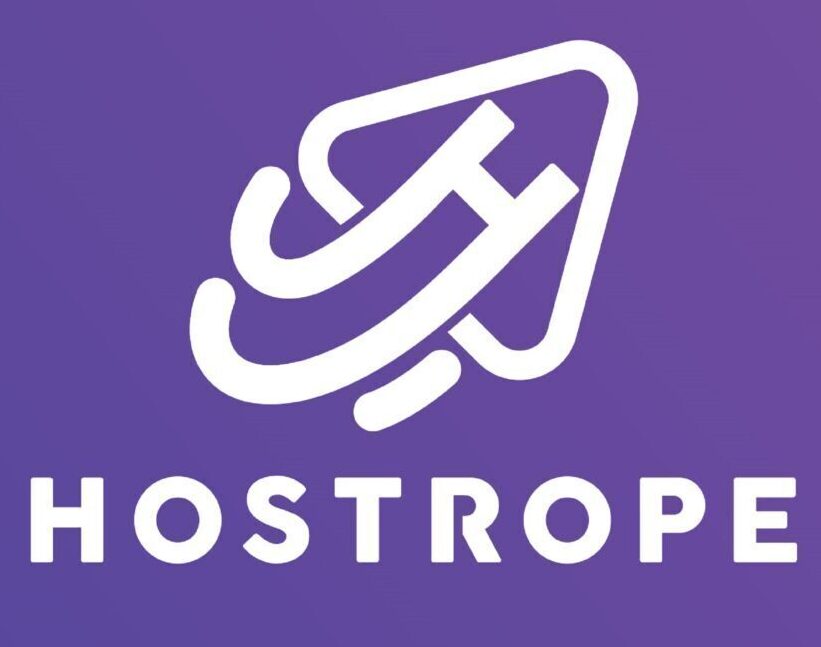Email marketing is a powerful tool for driving more business, connecting with your customers, and learning more about their habits. In this article, we’ll take a look at the different types of email campaigns out there so that you can choose the one that works best for your business. Get ready to learn how you can use email marketing to better engage with your customers!
Introduction to Email Marketing
Email marketing is a form of direct marketing that uses electronic mail as a means of communicating commercial or fundraising messages to an audience. In its broadest sense, every email sent to a potential or current customer could be considered email marketing. However, the term is usually used to refer to:
Sending emails with the purpose of enhancing the relationship of a merchant with its current or previous customers and to encourage customer loyalty and repeat business.
Sending emails with the purpose of acquiring new customers or convincing current customers to purchase something immediately.
Adding advertisements to emails sent by other companies to their customers.
Email marketing campaigns are a great way to stay in touch with your customers and promote your products or services. There are many different types of email marketing campaigns you can use for your business, and each has its own advantages and disadvantages. deciding which type of campaign is right for you depends on your goals and objectives, as well as your budget and resources.
Types of Email Campaigns
There are four main types of email marketing campaigns that businesses use to promote their products or services: 1. Prospecting Email Campaigns 2. Engagement Email Campaigns 3. Retention Email Campaigns 4. Reactivation Email Campaigns
Prospecting Email Campaigns: Prospecting email campaigns are sent to customers who don’t buy from you yet. They exist to introduce a new lead to your product or service.
Engagement Email Campaigns: Engagement email campaigns are sent to customers who have already bought from you. They exist to get customers interested in using your product or service again, or referring it to a friend.
Retention Email Campaings: Retention email campaigns are sent to customers who haven’t interacted recently. They exist to re-engage customers and keep them interested in using your product or service.
ReactivationEmail Campaings: Reactivation email campaigns are sent to customers who have unsubscribed from your list, or who have marked your emails as spam. They exist to try and get customers interested in engaging with your product or service again.
Benefits of Different Email Campaigns
Email marketing campaigns can provide your business with a number of benefits, depending on the type of campaign you choose to run. For example, an email blastcampaign can be a great way to quickly reach a large number of potential customers at once, without having to invest a lot of time or money into the campaign. However, this type of campaign can also be less effective than other types of email campaigns, as it can be difficult to personalize your message and connect with your audience on a human level.
Other types of email marketing campaigns, such as drip campaigns and nurture campaigns, can be more time-consuming to create but can be more effective in building relationships with your audience and driving conversions. These types of campaigns typically involve sending a series of emails over a period of time, often with automated content that is designed to nurture leads and build trust with your brand.
Ultimately, the best type of email marketing campaign for your business will depend on your goals and objectives. If you’re looking to drive quick sales with minimal effort, an email blast might be the right choice. But if you’re looking to build long-term relationships with your customers and generate repeat business, a drip or nurture campaign might be a better fit.
Tips for Creating an Effective Email Marketing Strategy
An email marketing strategy is the plan you set forth for how you will use email to achieve your business goals. It should answer some key questions, such as who you are targeting, what types of messages you will send, and how often you will send them.
Here are a few tips to help you create an effective email marketing strategy:
1) Define Your Goals
Before you can create an effective email marketing strategy, you need to know what your goals are. Do you want to increase brand awareness? Drive traffic to your website? Boost sales or leads? Once you know what your goals are, you can start creating a strategy that will help you achieve them.
2) Identify Your Target Audience
Who are you trying to reach with your email marketing campaigns? Once you know who your target audience is, you can start crafting messages that appeal to their needs and interests. Keep in mind that different audiences will require different approaches. For example, if you’re targeting consumers, your messages will be different than if you were targeting businesses.
3) Decide What Type of Emails You Will Send
There are many different types of email campaigns businesses can send, such as welcome emails, promotional emails, abandoned cart emails, and more. Which type of campaign will best suit your goals? Think about the content of your message and the call-to-action (CTA) you want recipients to take before deciding on a
Examples of Different Email Campaigns
There are a few different types of email marketing campaigns that businesses can use to engage with their customers.
One common type is the promotional email campaign, which is used to promote sales or special offers. This can be done by sending out emails with discounts or coupons, or by simply providing information about new products or services. Another type of promotional email is the Announcement Email, which as its name suggests, is used to announce changes or updates to your customers. This could be something like a new product launch, a change in store hours, or even a move to a new location.
Another common type of email marketing campaign is the Engagement Email. These are designed to foster relationships with customers and keep them engaged with your brand. They can be sent periodically, and often include things like customer surveys or polls, as well as information about upcoming events or promotions. Finally, there are Newsletters, which are typically sent on a regular basis and provide an overview of recent news or developments relating to your business.
How to Track Your Success and Analyze Your Metrics
When you’re running an email marketing campaign, it’s important to track your success and analyze your metrics to ensure that your campaign is effective. There are a number of different metrics that you can track, but some of the most important ones include open rate, click-through rate, unsubscribe rate, and complaint rate.
Open rate refers to the percentage of people who open your email. This is a good metric to track because it tells you how many people are actually seeing your email. Click-through rate refers to the percentage of people who click on a link in your email. This is a good metric to track because it tells you how many people are interested in what you have to say. Unsubscribe rate refers to the percentage of people who unsubscribe from your list after receiving your email. This is a good metric to track because it tells you how many people are no longer interested in receiving your emails. Complaint rate refers to the percentage of people who mark your email as spam. This is a bad metric to track because it could result in your emails being blocked by spam filters.
To track these metrics, you can use an email marketing service like MailChimp or Constant Contact. These services provide detailed reports that show you how many people opened your email, clicked on links, unsubscribed, and marked your email as spam. You can also use Google Analytics to track these metrics. To do this, add UTM codes to the links in
Conclusion
Email marketing campaigns can be a great way to increase your business’s reach, engagement and sales. With the proper strategy and execution, you can make sure that your campaigns are successful and tailored to meet your business’s specific needs. With this knowledge of the various types of email marketing campaigns available, you should now have an idea of which kind might be most beneficial for your company. So get out there and start creating attractive emails that will tantalize customers into taking action!










